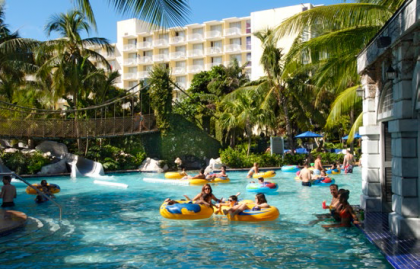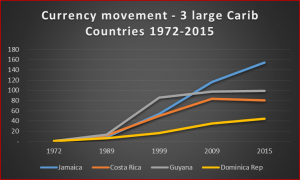
Growth in tourism expected in 2021
The Dominican Republic will receive 4,840,376 tourists by the end of this year, just 75 percent of the 6,446,036 non-resident foreigners who arrived on the island in 2019, the country’s Minister of Tourism stated.
On Wednesday, September 8th, the Minister of Tourism David Collado said that between January and August 2021, 2.94 million tourists arrived in the country and the projected that, from October to December, “if everything continues normally within the pandemic,” a further 1.55 million visitors will arrive in the Dominican Republic.
“We are going to end the year at 4,840,376 non-resident arrivals, which is a number that we could never imagine we would be able to have in 2021. We are giving clear signals that tourism is recovering in a sustainable way in the Dominican Republic.” Tourism Analytics reported the information.







